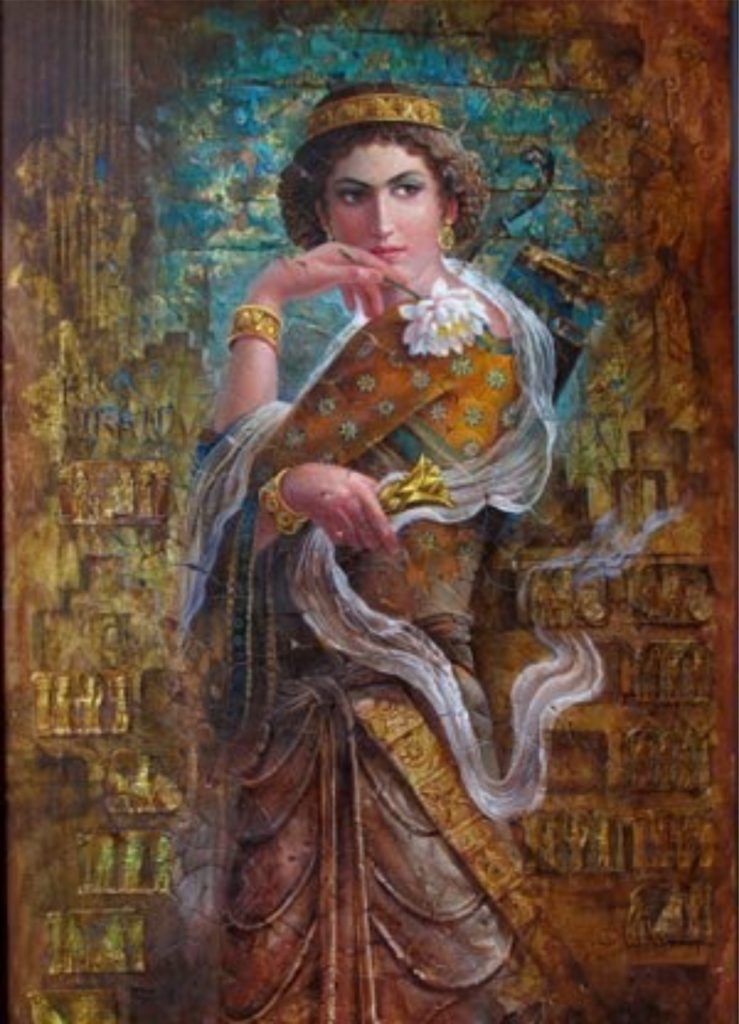
We are Inviting women from around the world to join the actual Jerusalem-based event via zoom (enabled by Shifra Hendrie who has offered her expanded zoom link for the occasion). And…
Sharing the nusach/script of the ceremony so you can prepare for the event and, if you are unable to join our Jerusalem ceremony, you can create your own High Council, either on your own or with friends.
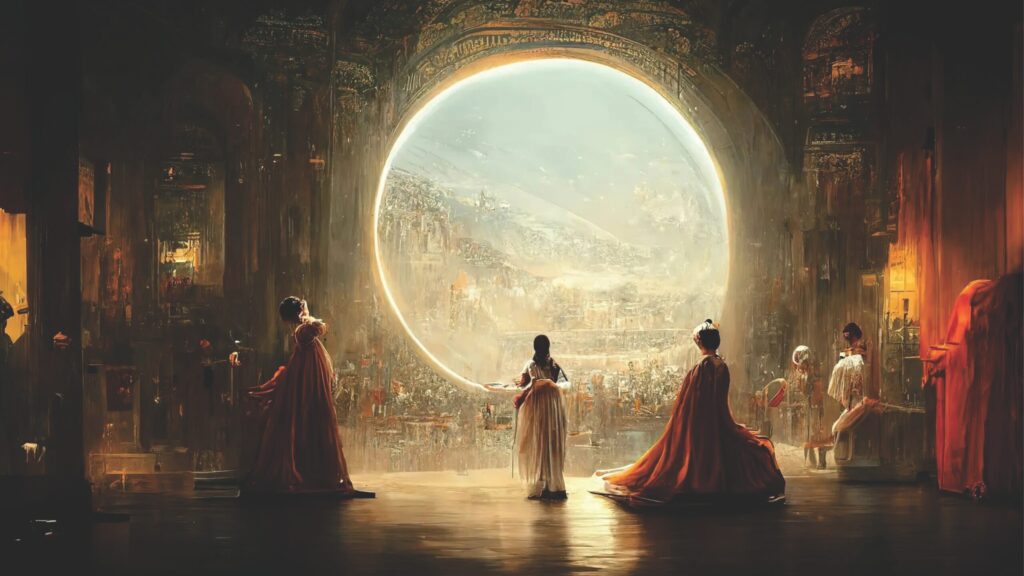
AN INVITATION…To Women Far and Wideto Participate in a Ground-Breaking, Soul-Awakening Event:The 34th Annual “Purim High Council Prayer and Meditation Happening for Women”(that will also be available via Zoom) In this part of the world we are preparing for Sarah Yehudit’s 34th annual open-house Shushan-Purim-Dance-and-Learn-Seuda-for-Women featuring the Purim-High-Council-Prayer-and-Meditation-Ceremony. However, this Holy Purim Assembly has grown […]
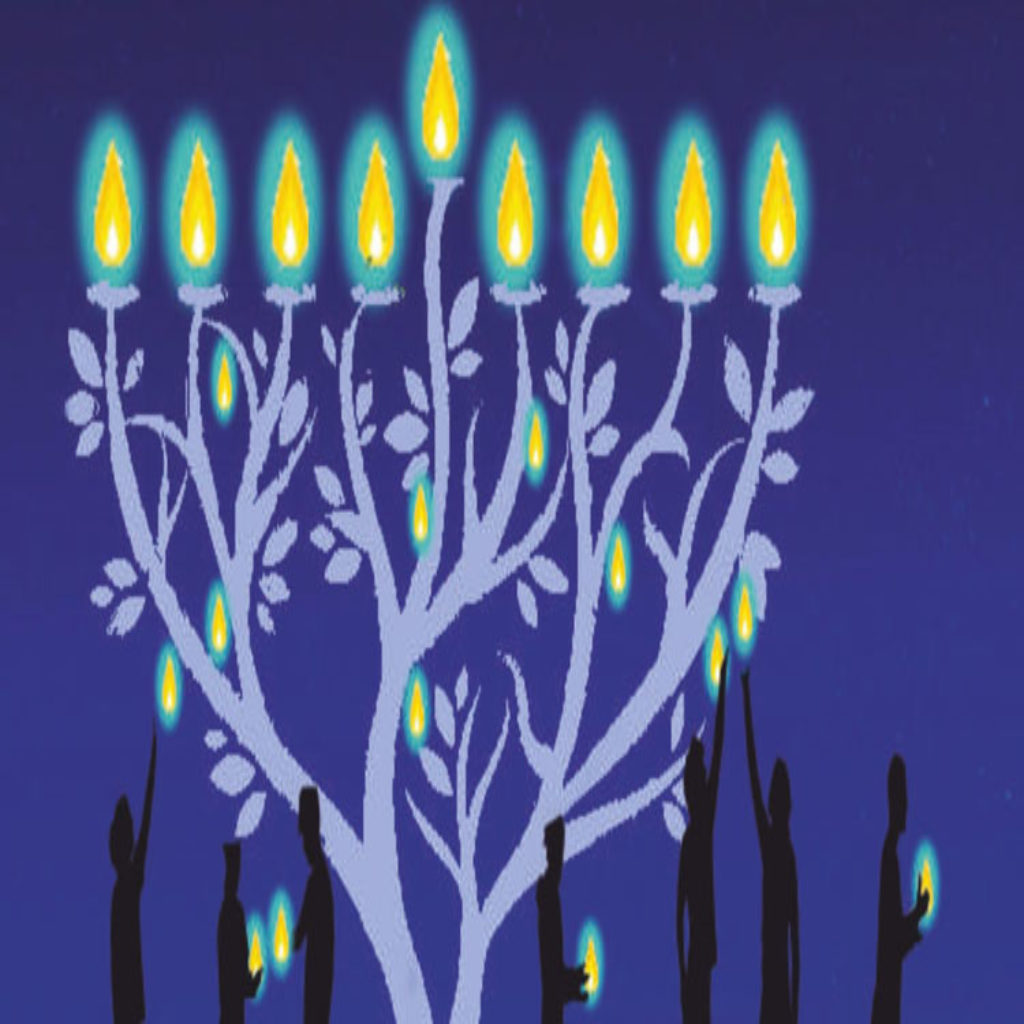
Hanukkah teaches us how to survive exile and how to accomplish the purpose of it.
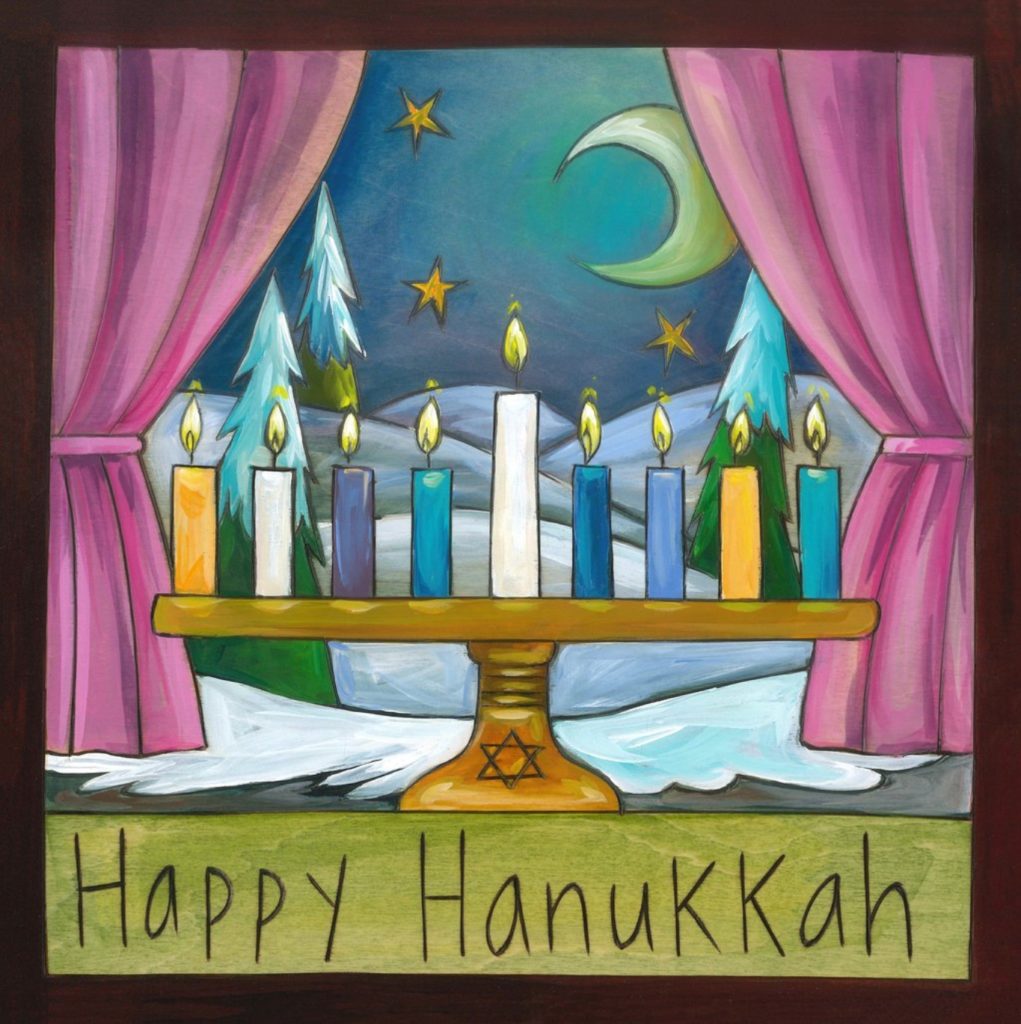
Just as eyes are windows to the soul, so the Chanukka lights are windows into the soul of the chag.
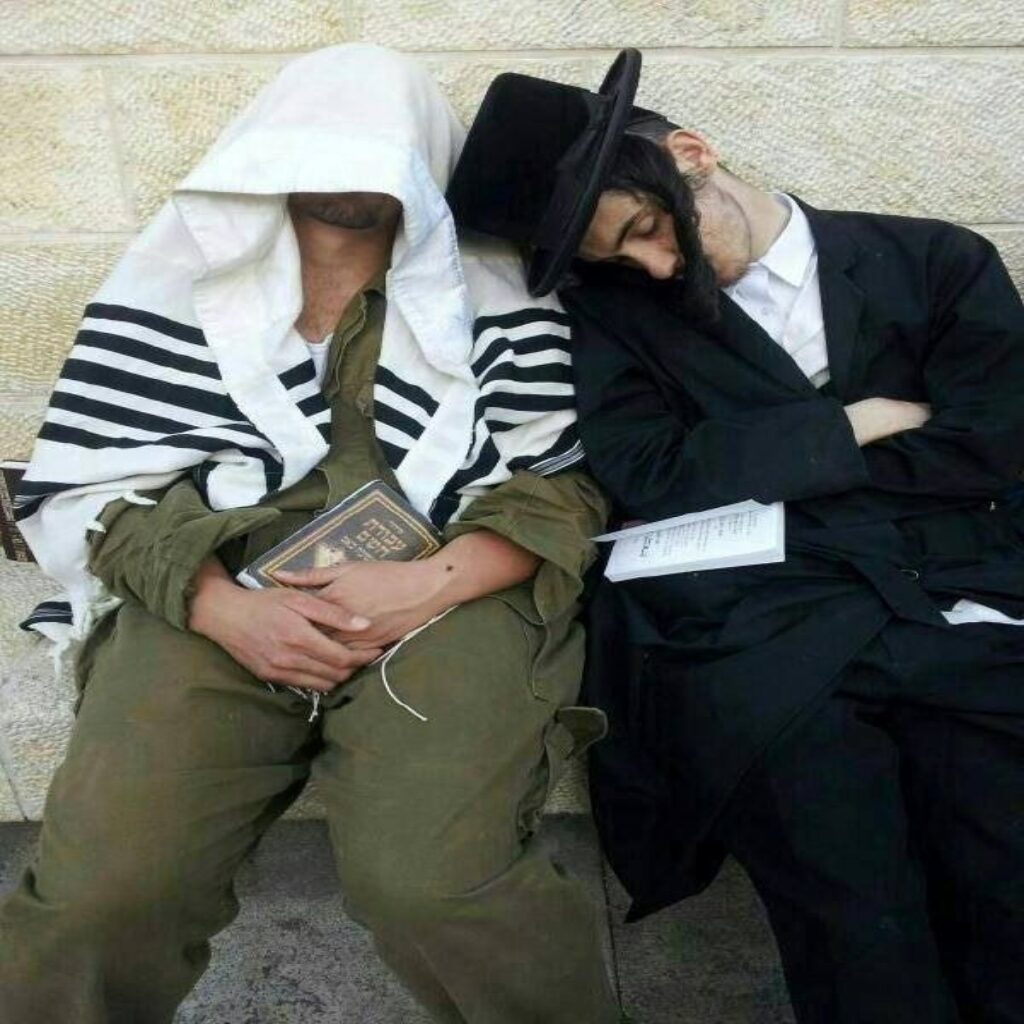
In ruach hakodesh, the person who’s assuming the role of boots on the ground is the initiator and decision maker. They choose a goal, mission, problem or project and pursue it with action and prayer.
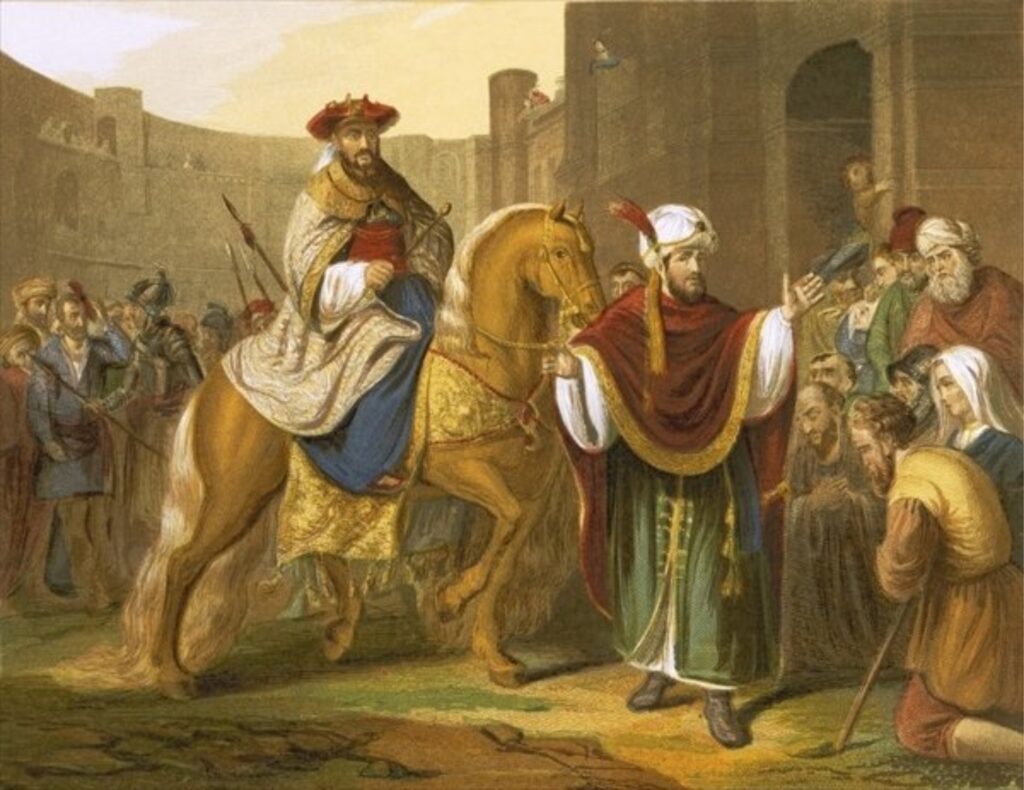
This is a teaching about prayer as conveyed by the Komarna Rebbe
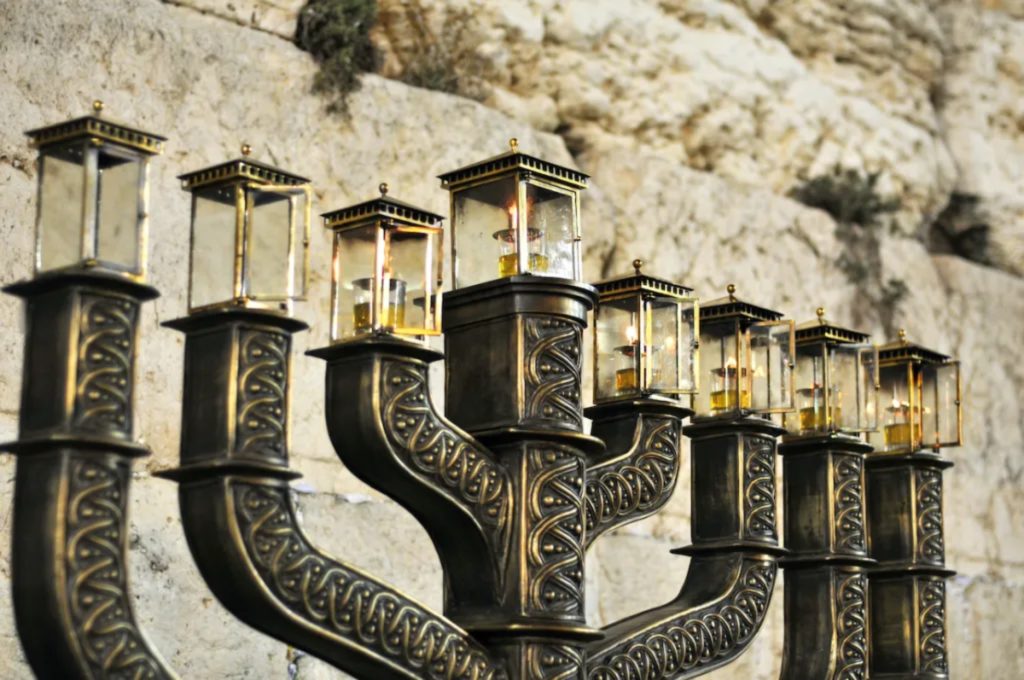
Chanukka lights bring healing to the corruptions of power that surround our light and lively Chanukka observance.
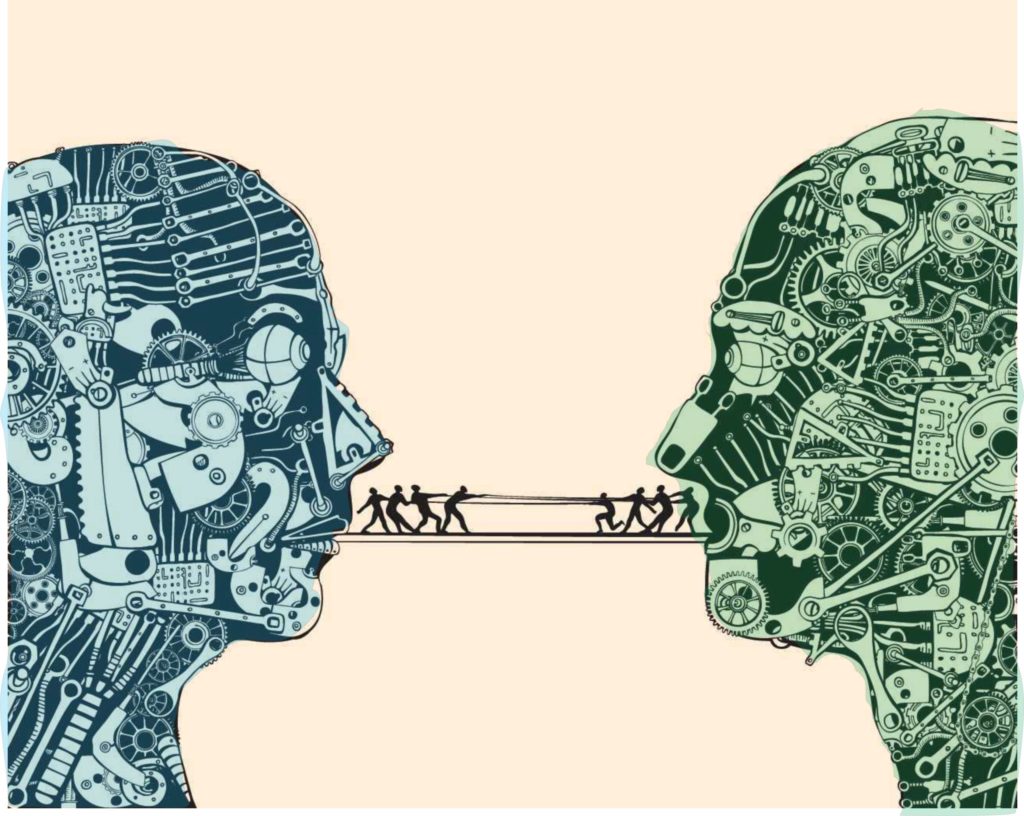
The whole drama of geopolitics comes down to “who eats who?”: In the end, whose narrative is going to prevail, and absorb everyone else into its story line.
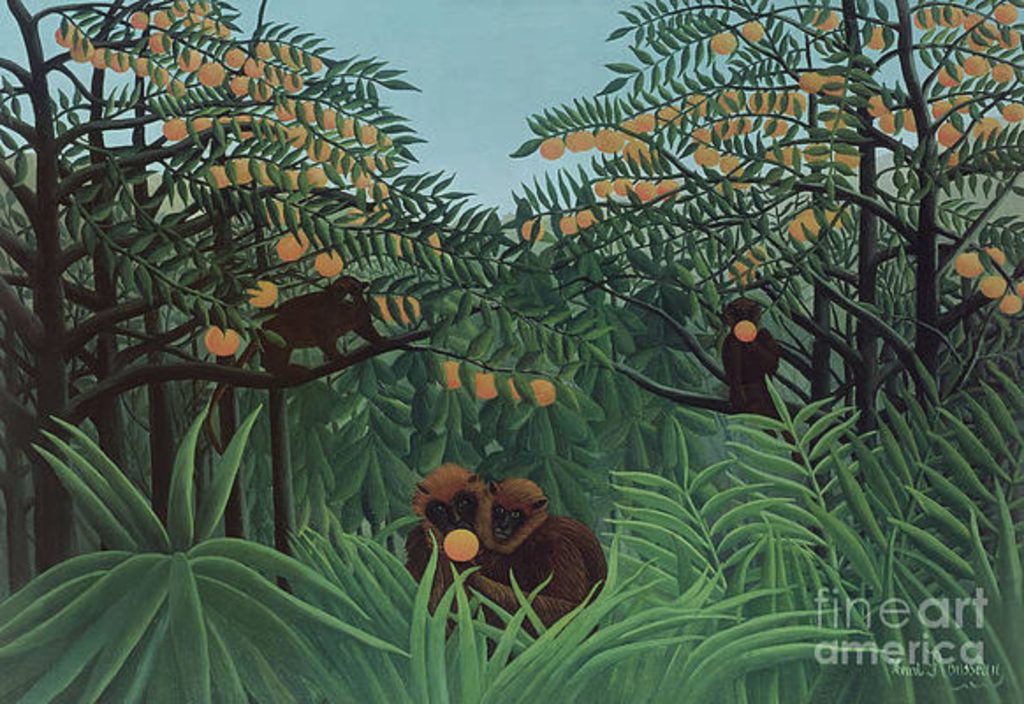
On Tu B’Shvat we celebrate our generous and magnificent fruit trees that selflessly nourish the world for no other reason than that it’s what they are designed to do.
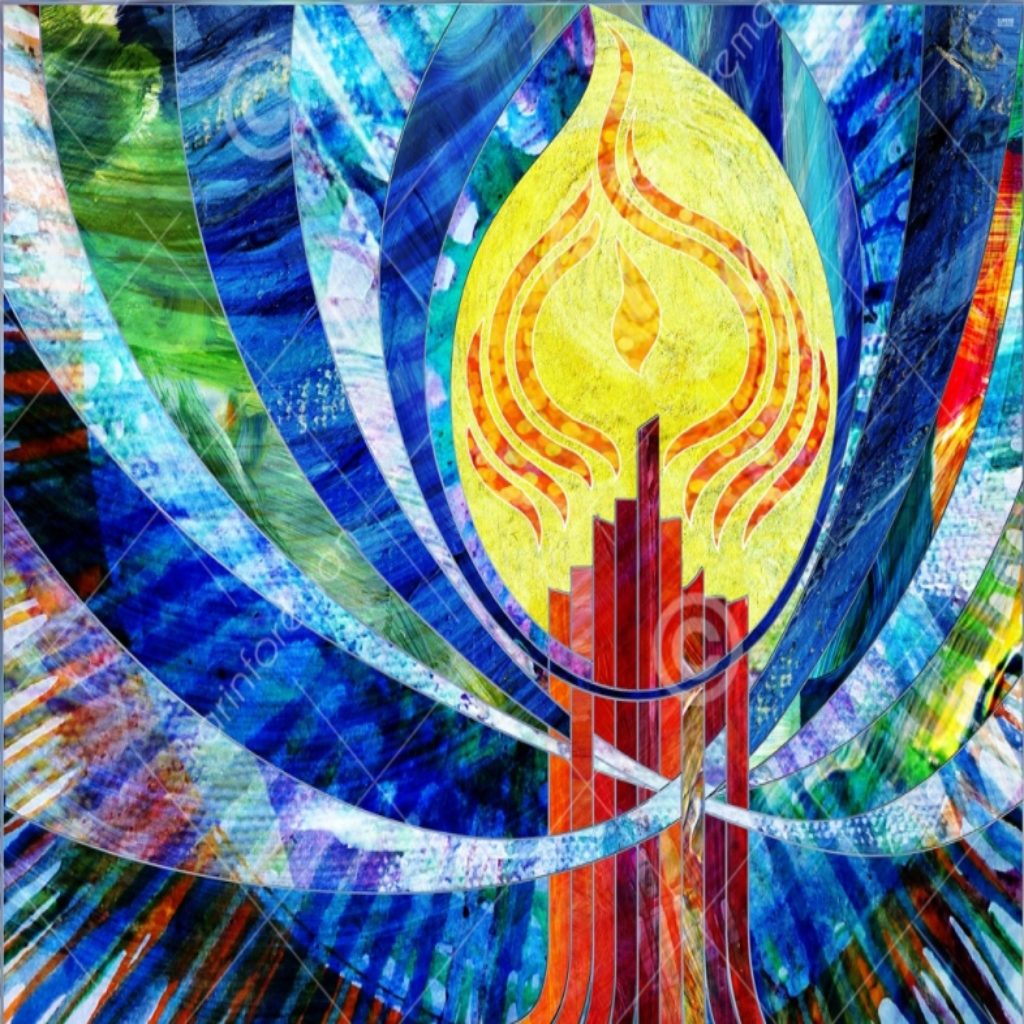
Chanukka 5781 / 2020
This holiday is called Chanukka because it is training (chinukh) and practice for the future redemption. How so?

The word for etrog (אתרוג) relates to the Hebrew root, רגג, which means, “to long and desire”; etrog corresponds to to the heart area, the center of conscious emotion and desire.
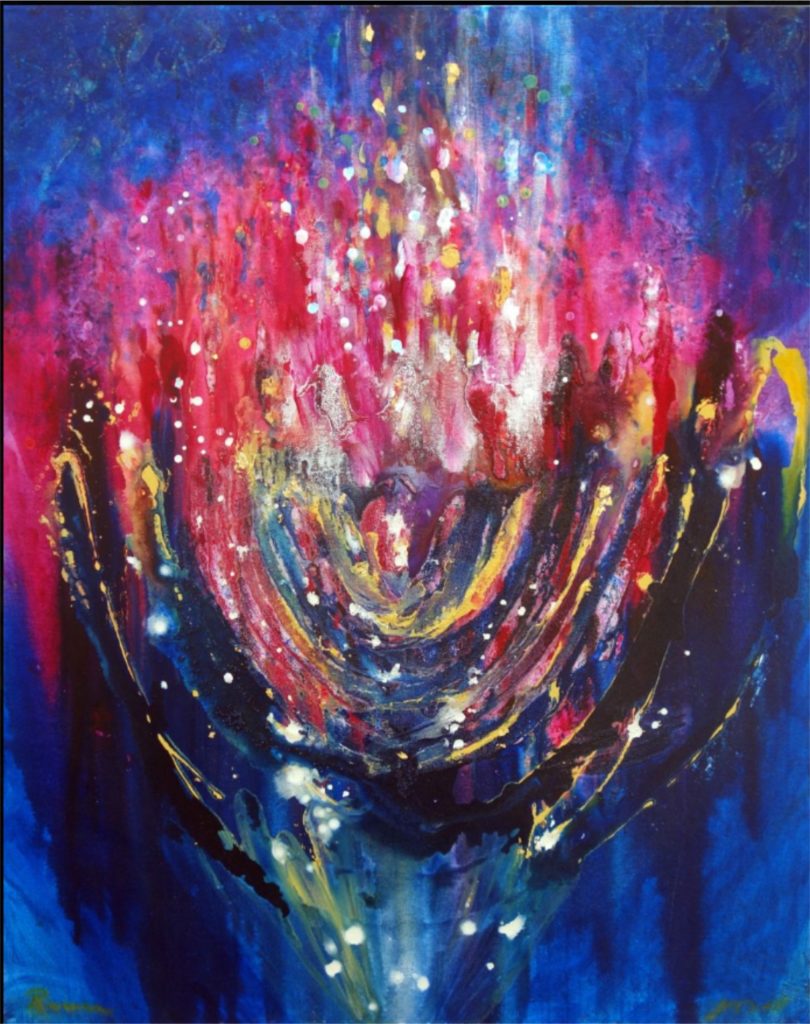
Chanukka references toward the future, R. Luria associates them with Mashiach ben David, when “the woman of valor becomes the crown to her husband.”

Just as eyes are windows to the soul, so the Chanukka lights are windows into the soul of the chag.
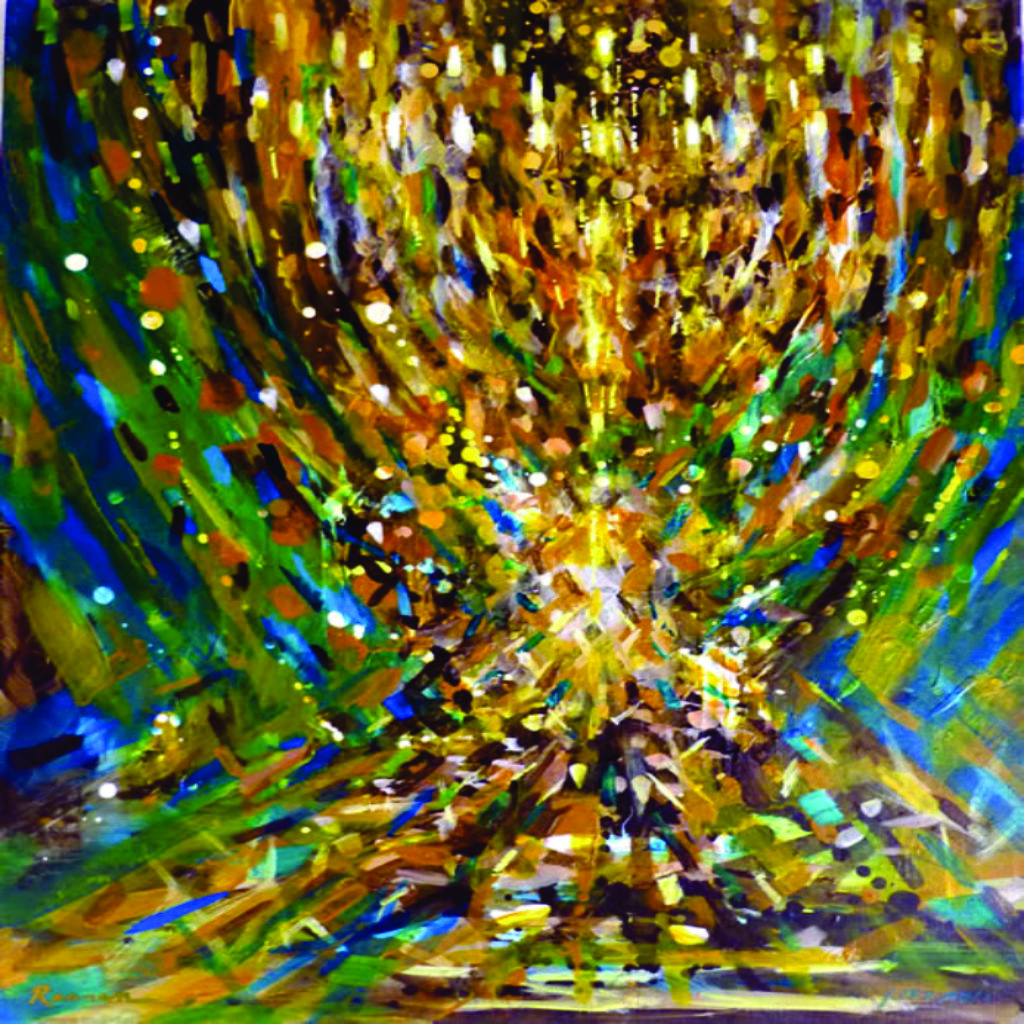
The kabbalists read into Chanukka’s eight days, a journey of progressive tikun down through the sefirot from Binah to Malchut, beginning and ending on a feminine note.
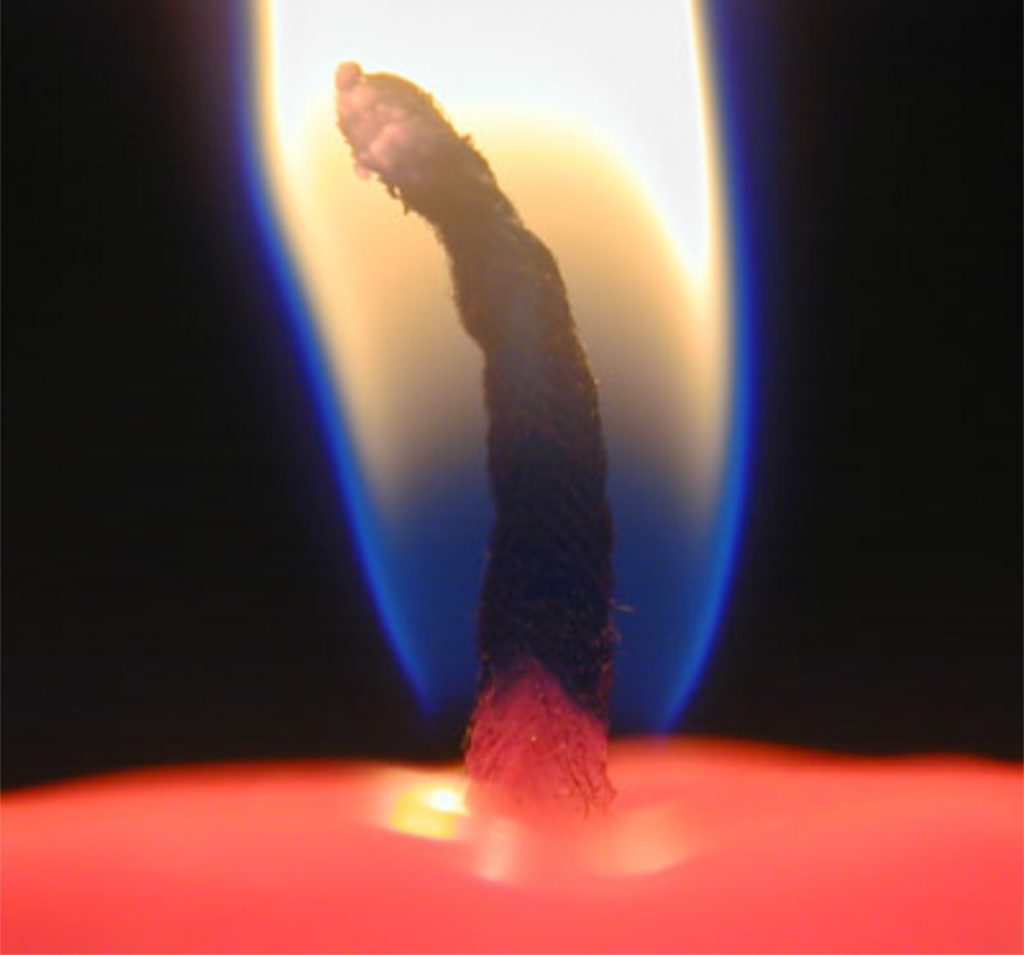
Those who seize this occasion to meditate on the Chanukka lamps will be changed by it, says the Zohar.
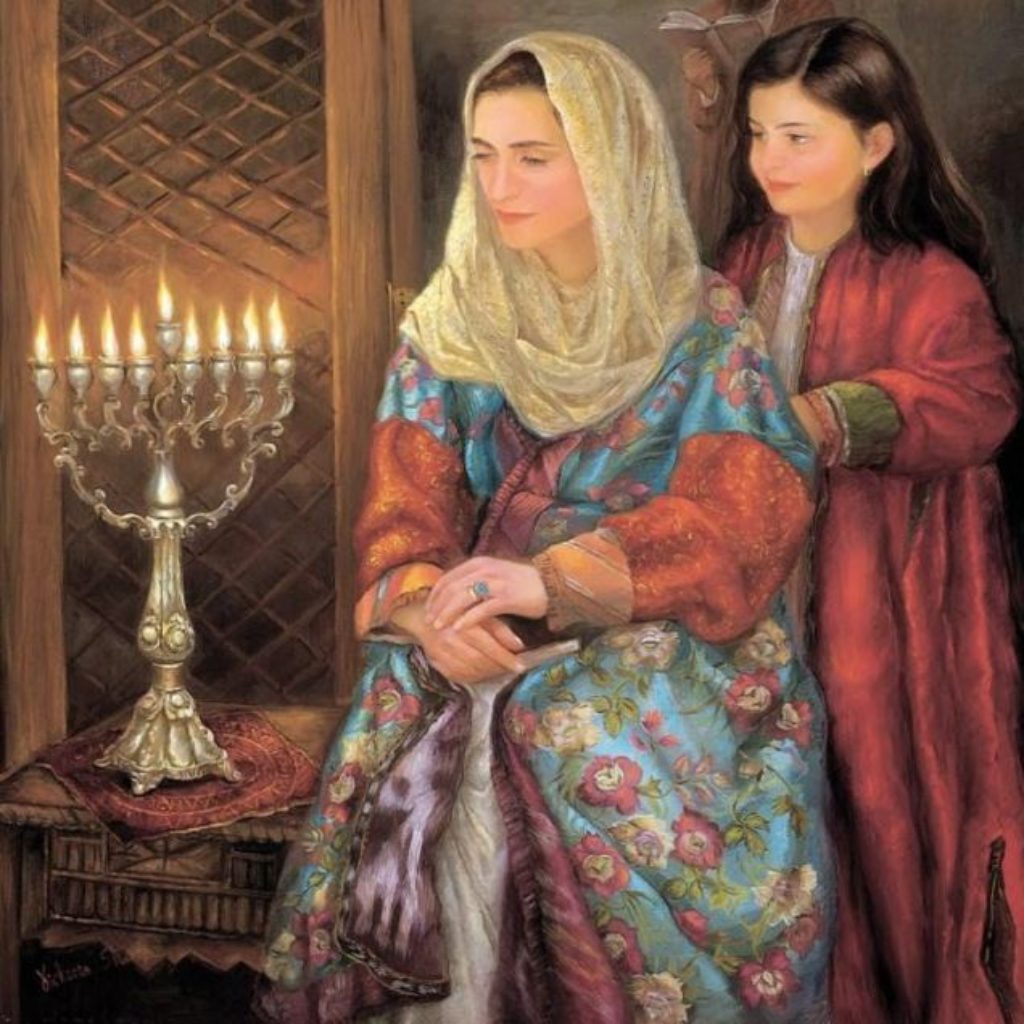
Chanukka 2015 / 5776 Our simple affirmation now becomes a deep teaching about the practice (and powers) of meditation.
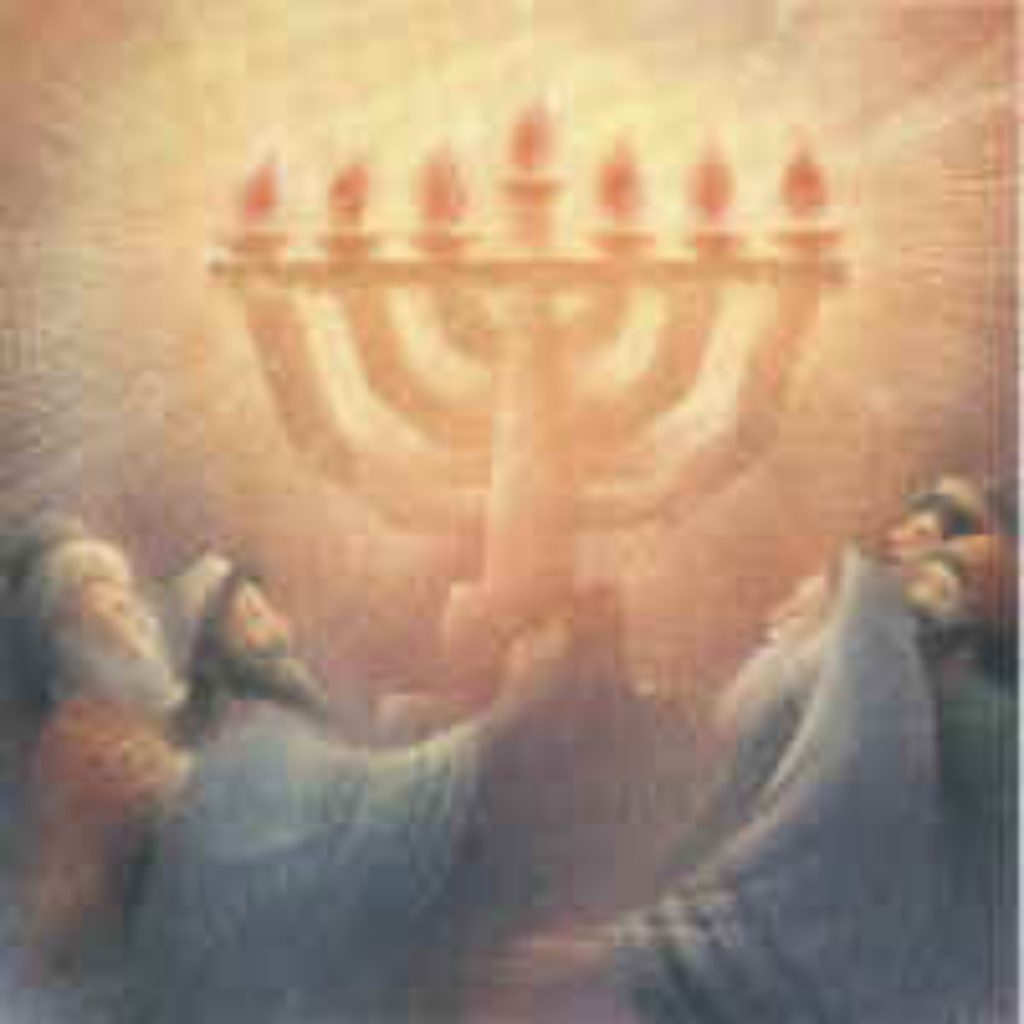
When is the time for lighting Chanukka candles? The earliest time is sunset but one can still fulfill the mitzvah until pedestrians disappear from the street.
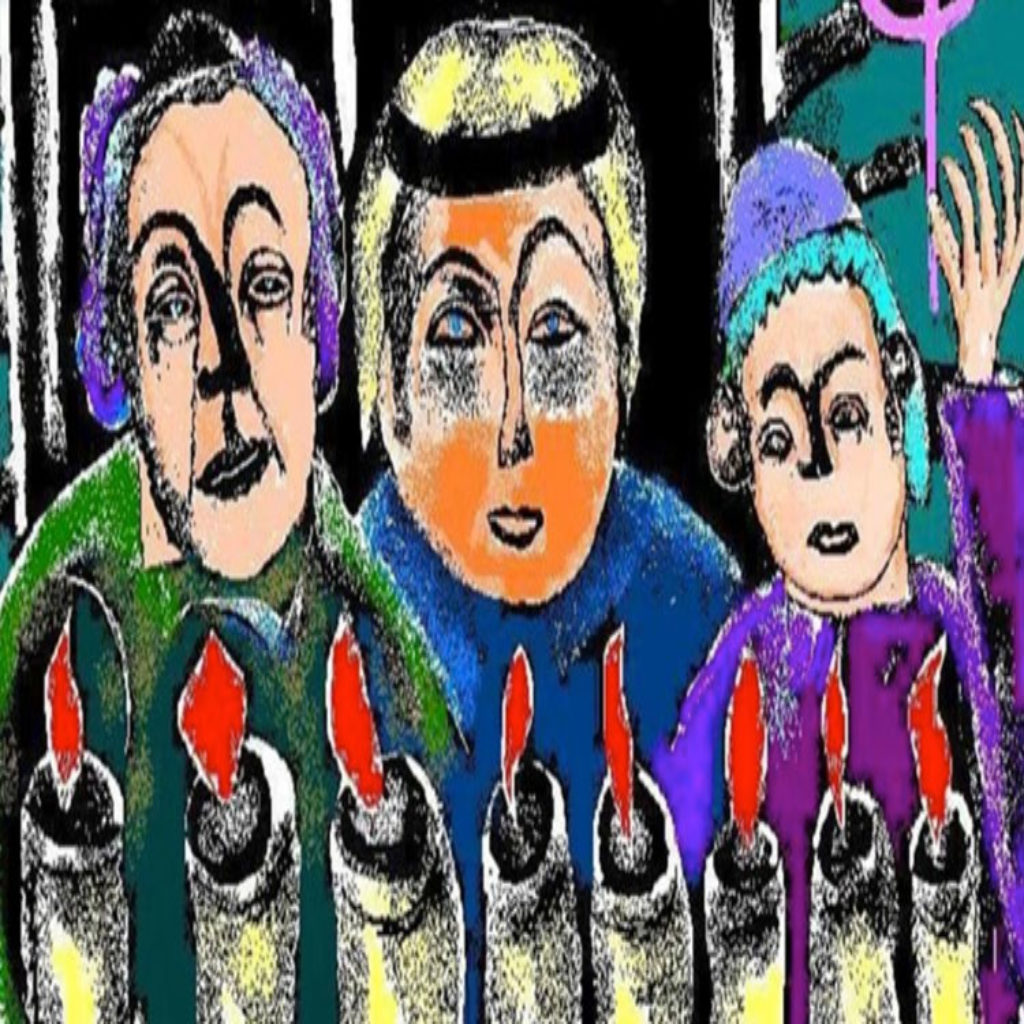
The deepening union between the Shekhina and HKBH occurs in a very different way on Chanukka than on any other day of the year.
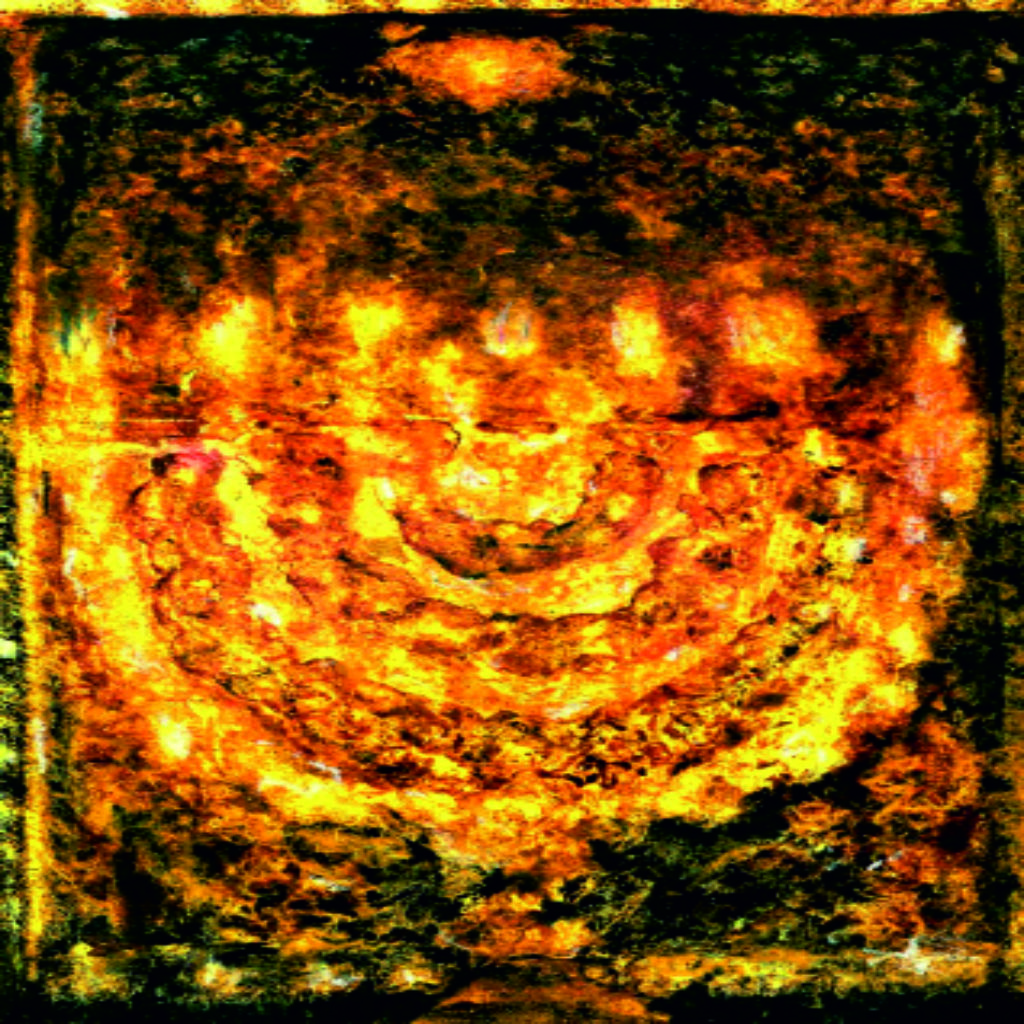
Hillel says to start with one candle and add another each day until there’s eight; Shammai says to start with eight and remove one each day until we’re left with one.
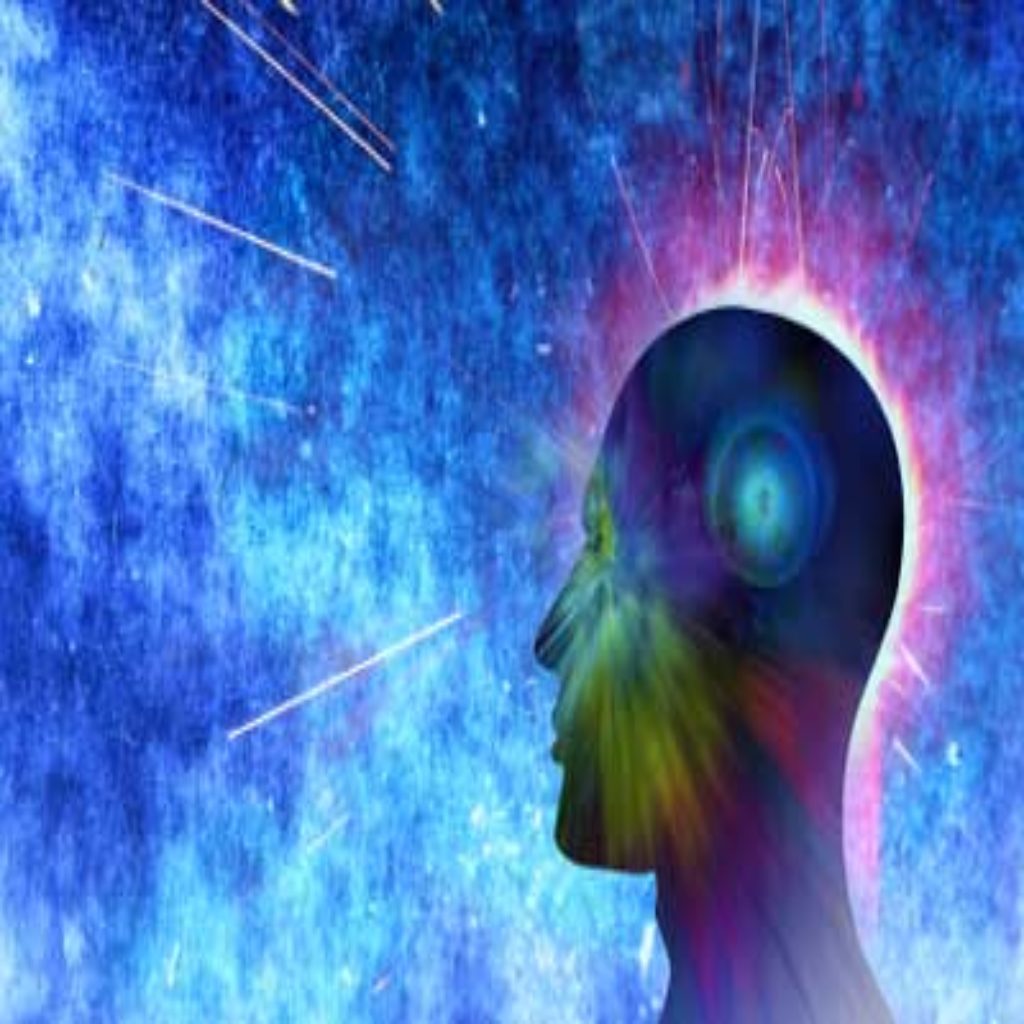
When the High Priest lit the menorah his intention was actually a prayer, that the lights now kindled should impart to the people an even deeper understanding of what it means that G-d is one.

Our world view, our sense of truth, our vision of perfection, our vision of what’s possible… all this is tainted by our long years of exile and association with foreign cultures.
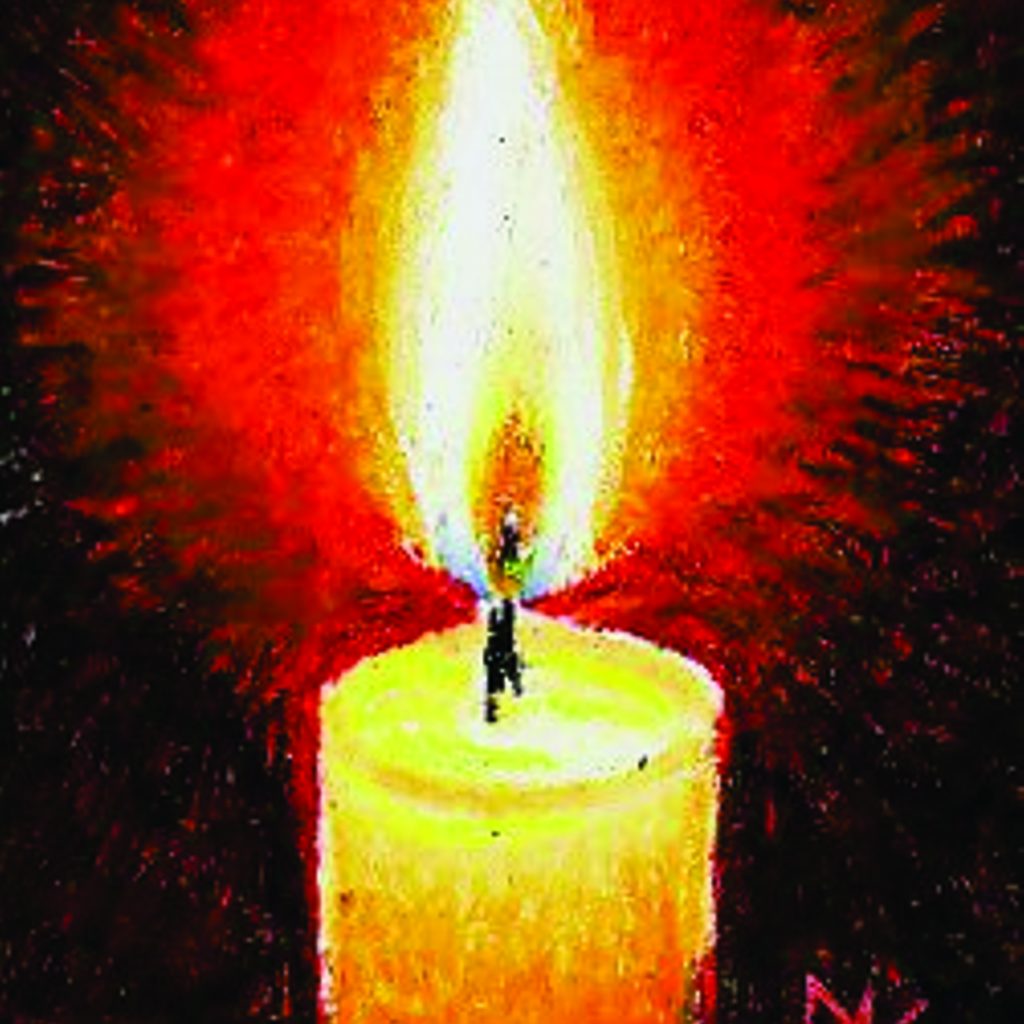
There is no person or nation that does not have at least a miniscule sliver of holiness. Otherwise it could not exist.





















